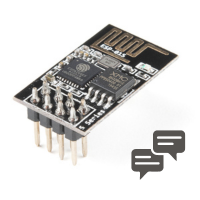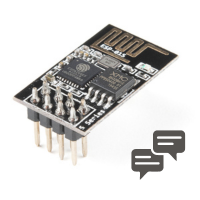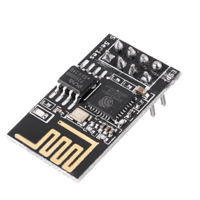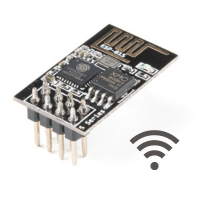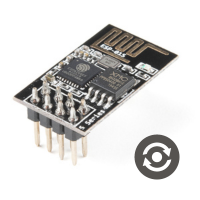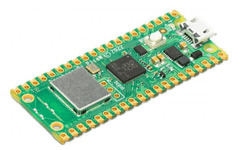The Complete Handbook of AT Commands

AT commands, short for Attention commands, are a set of instructions used to control modems. These commands originated from the Hayes command set and have become essential for IoT (Internet of Things) devices, especially for managing WiFi modules. They allow users to perform functions such as connecting to a network, sending data, and configuring device settings, making them crucial for IoT applications.
